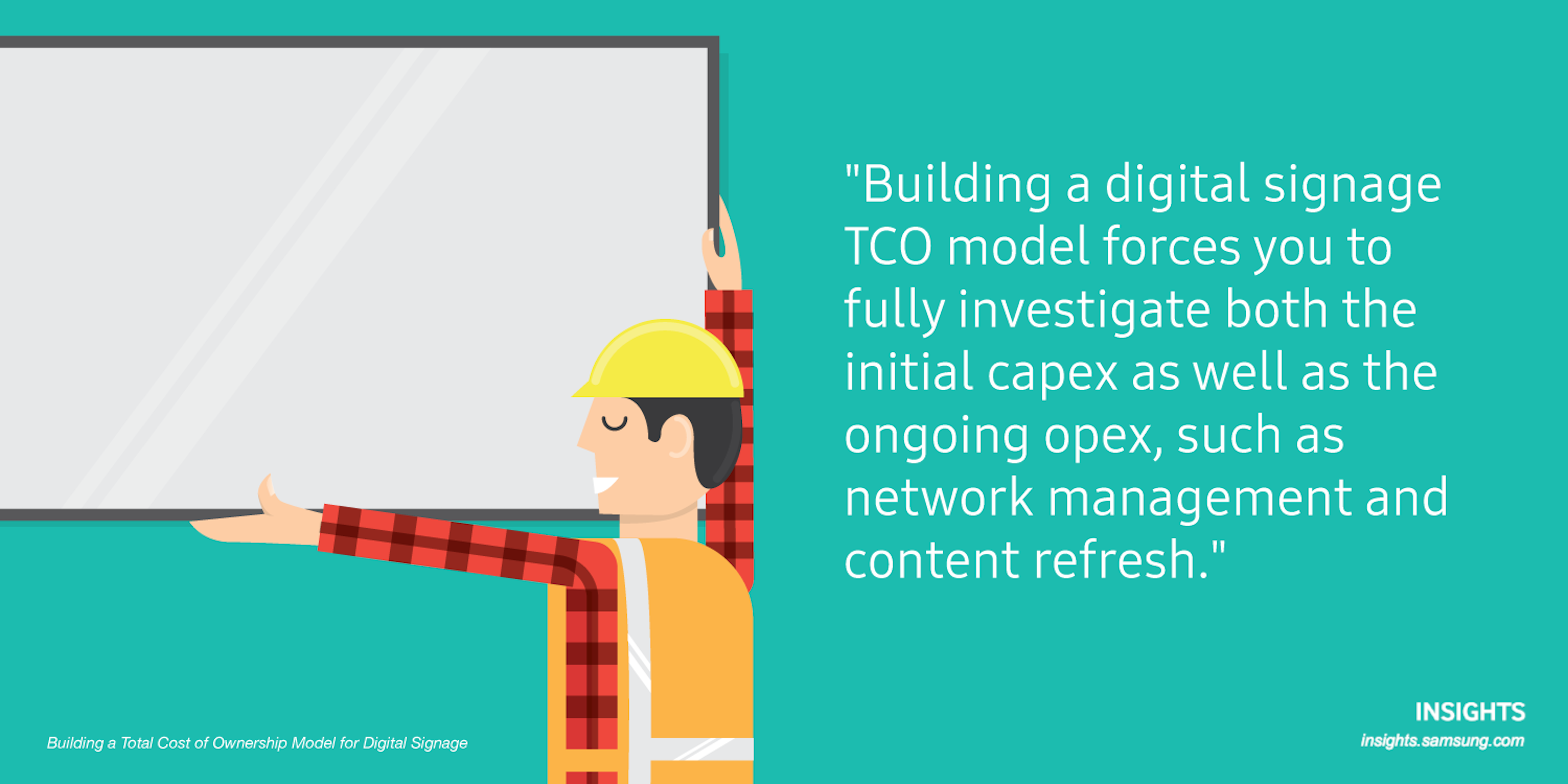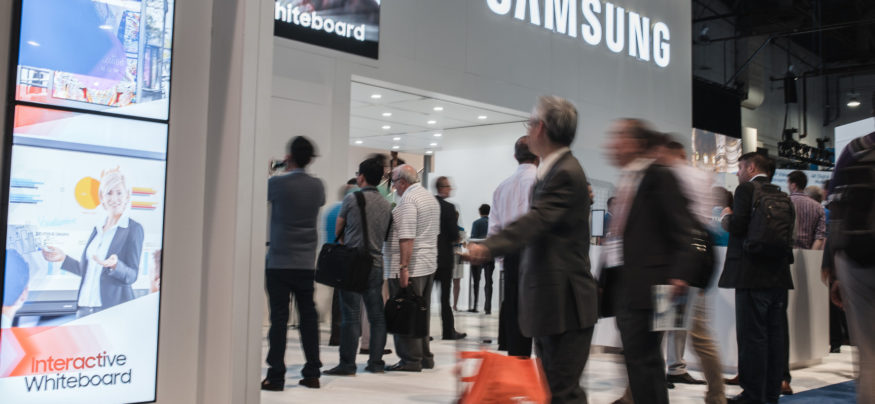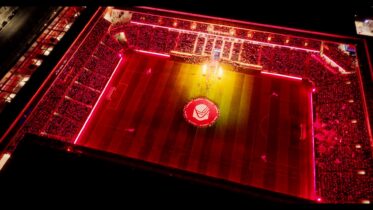Professional marketers and communicators are usually quick to grasp advantages of indoor and outdoor digital signage, but those in charge of budgets usually need a clear accounting of the business benefits and the total cost of ownership before signing off on a project.
It’s readily apparent that using digital screens to inform, educate and brand is valuable, but building a solid total cost of ownership or ROI business case for using digital signage involves taking a much deeper look into what the technology mix will deliver in settings like QSR and retail. Most of the information available about the financial return on digital signage networks has focused solely on the economics of marketing impacts — such as sales lift or recalls of brand messaging. There’s very little out there that takes an analytical deep dive into the real investment versus the benefits of a signage project.
Identifying the Right Criteria
A recent Forrester Research report titled “Build a Business Case for Digital Signage” lays out a case and methodology for what it calls the “Total Economic Impact (TEI) of Digital Signage.” The report was designed to provide infrastructure and operations professionals with a toolset they can use to build a valid business case before making the investment in a screen network.
The report notes that there are four critical business scenarios in which digital signage drives value:
- Brand perception and brand storytelling
- Improved information distribution to customers of all types
- Explicit or subtle interactivity
- Effective workplace communications
The TEI model uses three categories of analysis: costs, benefits and flexibility. By focusing on these respective categories, businesses can effectively combine hardware, software, services and resources; examine raised sales or productivity rates; and monetize the value of introducing technology for future use cases.
Build a Case for Outdoor Digital Menu Boards
This Total Impact Study outlines the benefits of menu boards for your business. Download Now
These TEI elements then get run through a filter of risk — tempering the initial benefits like sales against uncertain real-world factors like economic change and technology problems.
Setting the Model
Forrester, in its report, worked up a representative scenario for how a TEI, or ROI, model could be developed. They settled on a large convenience store chain that sells a lot of what’s termed “high-velocity” food and beverage items — soft drinks and snacks that sell in big numbers every day. The stores in this dreamed-up chain use screens both inside and outside the store, and the technology is there to take over from printed materials.
The TEI model broke costs down to four elements and thought in terms of total costs over the span of three years:
- Hardware like screens, media players, mounts and any cabling and distribution gear.
- Software license fees, maintenance fees and upfront costs.
- Installation costs, from putting the equipment in place to the initial costs for creative and other content running on network launch day.
- Ongoing content costs for designing fresh creative for new promotions and content subscriptions, and the resource costs (internally or subcontracted) to manage the flow, scheduling and distribution of content.
The benefits, meanwhile, boiled down to how the screens might improve sales performance in the store. While there are many industry stories talking up double- and even triple-digit percentage boosts in sales for items promoted on digital screens, those cases tend to be outliers.

Setting Expectations
Putting those benefits against the costs shows a clear and healthy return, but halve the expectations using that filter of risk. What if, for example, local economic conditions weaken sales, the sightlines to the screens are obscured by something else put up in stores, or the creative content is ineffective?
The study outlines a disciplined framework and a strategy that almost any company deploying digital signage could use to build a TCO or ROI model. It forces the people pushing the project to fully investigate the obvious capital expenditures, and the less obvious ongoing operating expenditures to manage networks and keep content fresh and relevant. It also makes a good case for working with conservative expectations of the benefits; few CFOs are happy with projects that are oversold and then under-deliver on the benefits.
Companies should build their model not on what they hope might happen, but what’s realistic. In the hyper-competitive retail business, even a 1 percent bump in sales can be a big deal. If businesses work to develop a plan to accurately calculate the total cost of ownership of a digital signage solution, they’ll be able to fully reap the benefits of this exciting technology.
Samsung’s outdoor digital signage solutions and integration capabilities can help businesses bring in new business and increase upsells.









